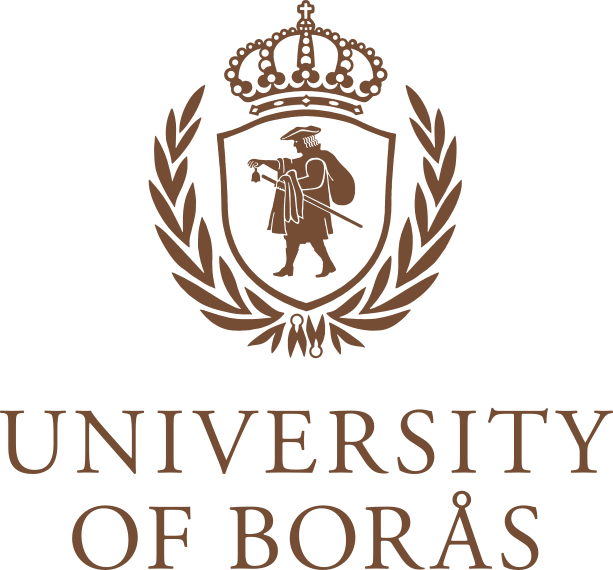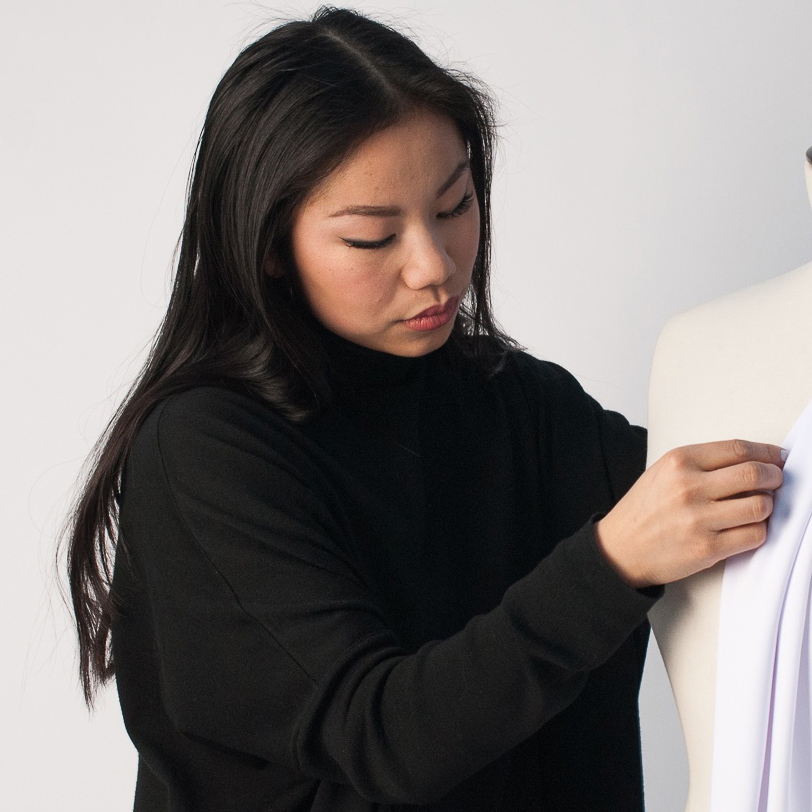Fashion Design 180 hp
In our Bachelor’s programme in Fashion Design, you will learn professional and experimental design processes and techniques to develop design ideas based on different theoretical perspectives, social phenomena, and practical activities. These skills are applied in a range of project-based courses where you will explore and develop your skills in design processes based on various design challenges formulated independently under supervision. Here, teachers and supervisors put your individual area of focus at the centre, while helping you to contribute to more complex social and environmental issues.
In educational aesthetic course modules, functional and expressive relations between body, clothes, and space are in focus. Different perspectives and concepts are introduced and discussed to increase your understanding of general ethical and aesthetic issues in clothing and fashion, but also individual challenges within your or your group's specific focus area.
In terms of materials, the educational programme is based on textile techniques such as garment construction, knitting, dyeing, and the graphic design of textiles and fabrics. It also provides opportunities for experimental material development at the interface between traditional textile techniques and new alternative materials and processes.
The educational programme requires a high level of personal commitment and the ability to work independently. In return, it opens doors to a national and international professional career in fashion, sports/outdoor, and costume design.
You will have your own work space with access to studios, workshops, labs, and libraries. You will meet and work with students and teachers from different cultures and other educational programmes, such as the Textile Management and Business Administration and Textile Engineering programmes.
Borås and the surrounding Region Västra Götaland is Sweden's strongest textile region. The range of textile actors and innovators offers many different interesting opportunities for collaboration, learning, and experience with industry and research hubs as well as other types of actors in the sector. The Swedish School of Textiles also offers programmes in textile engineering and textile management at all levels of education. Together, education, research, and close collaboration with industry create a platform for interdisciplinary perspectives and potential collaborations.
Visit our design web
Find out more
Would you like to know more about our educational programmes and courses at the University of Borås? Please Fill out this form.



